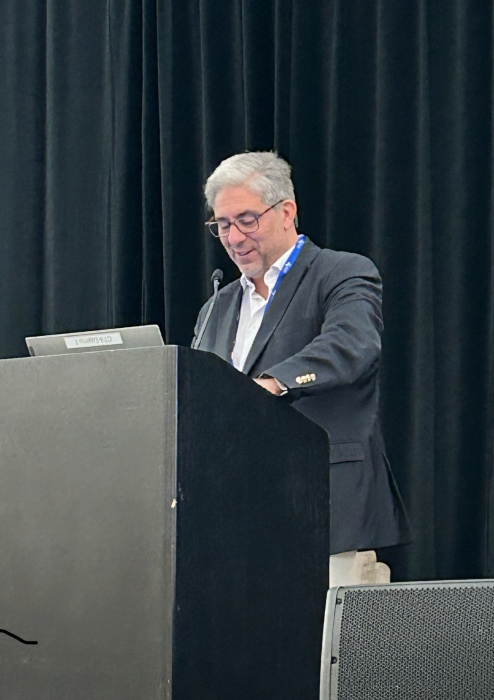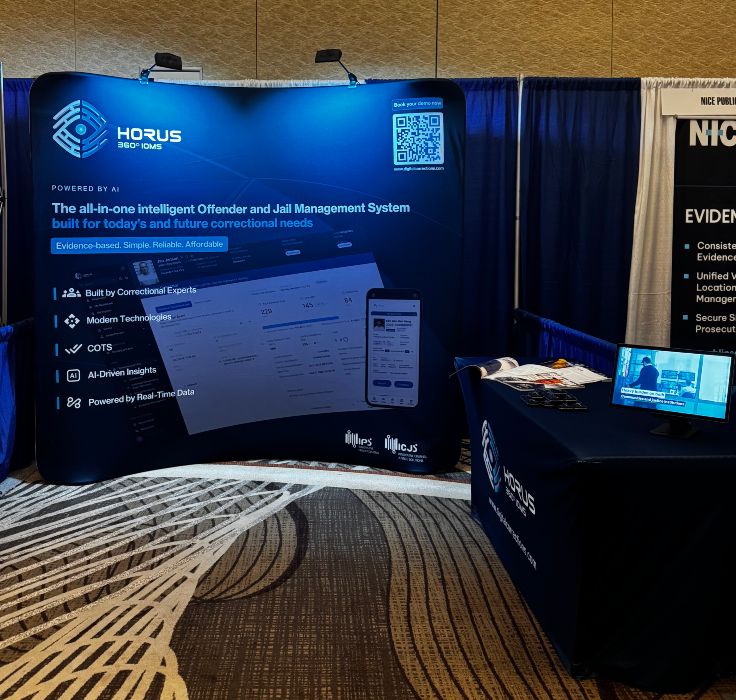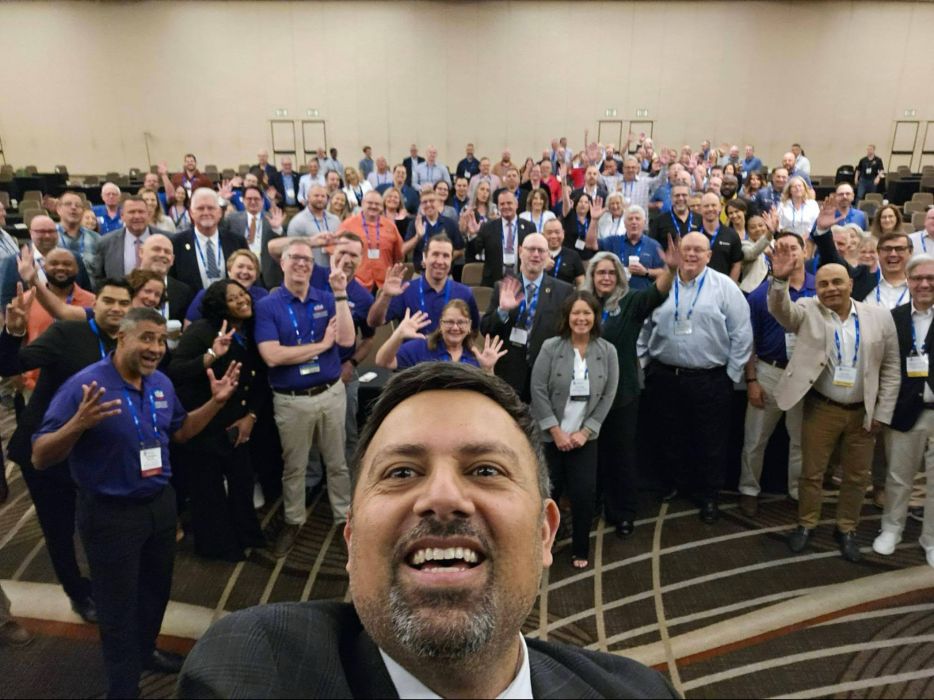IPS/ICJS participated in the 25th Corrections Technology Association (CTA) Technology Summit as Gold Sponsors, contributing to discussions around this year’s theme on transformative technologies in corrections with its intelligent Offender/Jail Management System.
During the 4-day event in Orlando, USA, from June 29th to July 2nd, IPS had the opportunity to demonstrate how this year’s theme aligns closely with its mission to modernise correctional systems.
As part of the summit programme, Pedro das Neves, CEO of IPS_Innovative Prison Systems, delivered a short presentation on HORUS 360º iOMS — IPS’ intelligent Offender and Jail Management System — showcasing how advanced digital solutions can enhance operational efficiency, promote rehabilitation, and support evidence-based decision-making.
IPS’ presentation outlined HORUS’ capabilities and demonstrated how it addresses both current and future correctional needs by combining research, evidence-based practice, and technological innovation.
Bringing together information across the detention and rehabilitation journey, HORUS’ AI-powered analytics transform complex data into person-centred, actionable insights, that help identify patterns, risks, and rehabilitation needs. By integrating information across agencies and systems, HORUS offers clear visibility into outcomes and performance, empowering decision-makers to evaluate programmes and shape more informed, effective policies.






Discussions with stakeholders at the 25th CTA Technology Summit reinforced the need for solutions developed by correctional experts that address the sector’s complex challenges and generate insights to help shape the future of corrections.
IPS was honored to take part in this prestigious event and to actively contribute to the meaningful exchange of ideas driving the future of corrections forward.
Related news

Shaping the future of rehabilitation with immersive tools and smart systems at ICPA 2025
Read More »






